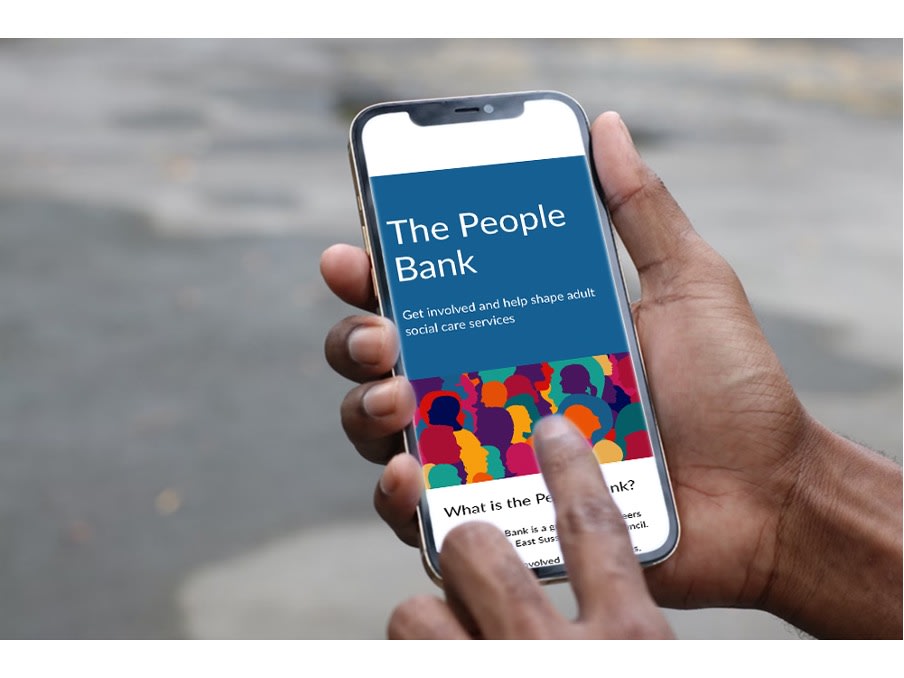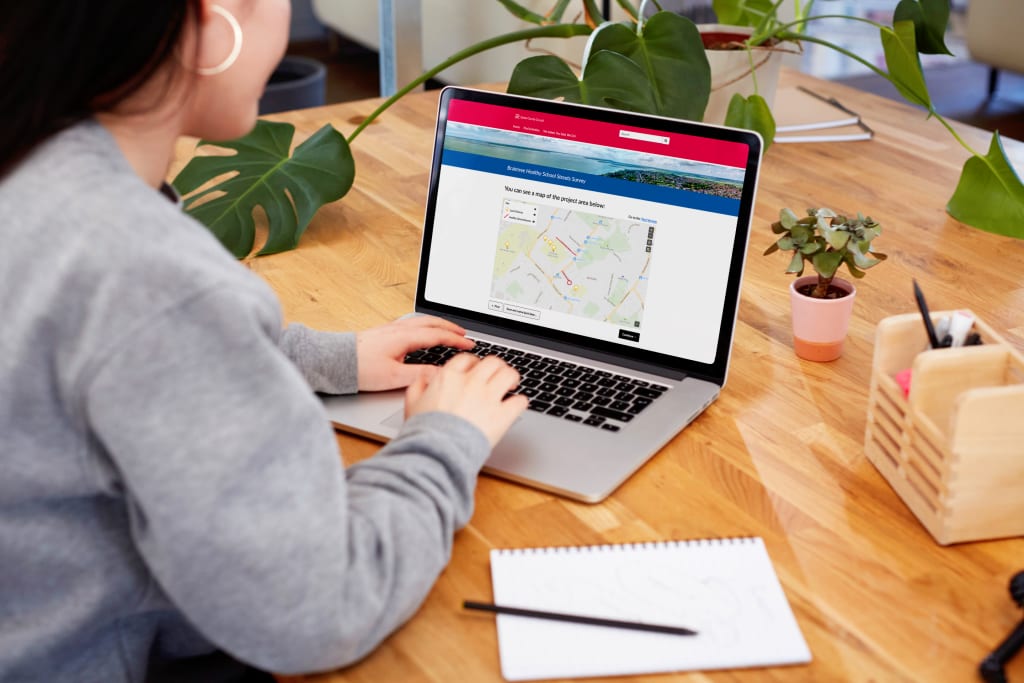
One of the most effective ways of engaging with the public is through the power of storytelling.
That’s why brands spend billions on public relations and content marketing campaigns. Just look at how Cadbury’s 200 years campaign to connect with the public and tell the story of its history.
But for governments, winning the support of their constituents is a much harder task. Statistics from 2023 reveal that only 27% of the public trust in UK government and similarly, a mere 16% of the US public trust their federal government.
How governments can regain public trust through citizen participation
Fixing this problem doesn’t have an easy solution, but a good first step is to encourage transparency and participation in democratic decision-making.
People want to see justifications for the policies that affect their daily lives. They want the reassurance that their taxes are being spent wisely, and that those in charge are held accountable when things don’t go according to plan. Above all, they want to feel that their voices are heard.
This can be achieved with public and statutory consultations. They provide a platform for government to interact with stakeholders and the public.
This:
- Promotes transparency
- Encourages active citizen participation
- Allows decision-makers to make informed choices
- Builds trust
Overall, statutory and public consultations play a crucial role in ensuring that government decisions are well-informed, transparent, and reflective of the diverse interests and perspectives of society.
Once a consultation has finished, closing the feedback loop by sharing how citizen engagement affected the outcome of a policy builds trust that a government is listening to its constituents.
The problem with traditional public consultations

Let’s imagine that a council is about to launch a new development, such as the restoration of a town hall.
The traditional way of informing citizens of plans and a public consultation would be paper-based. Usually via a column in the local news, a leaflet posted through a door, or the plans stuck to a lamppost in the relevant communities.
There are key issues with these traditional methods of running a public consultation:
- ‘Headline’ content doesn’t always paint the most comprehensive picture of a project. Everyone has different opinions on how public policy should be conducted, and it’s important for people to have easy access to all supporting resources: community impact assessments, sustainability reports, accessibility documents, FAQs, and more.
- The lack of interaction doesn’t encourage communication. There’s a fundamental disconnect between the community and decision-makers. Without different methods and markers to promote engagement, like visuals, updates and interactive features, the likelihood of someone actively participating drops.
- Not everyone is able to process or understand information provided in this way. The benefit of moving online is that it becomes more accessible to all, removing barriers in literacy and understanding.
The key to fixing this issue? Digital democracy.
How to use digital storytelling to promote citizen engagement
Moving public consultations online means the material is easily accessible to different groups within the community. It provides easy, manageable ways to absorb information, and encourages meaningful engagement.
We created a section of Citizen Space called Pages to help facilitate this, and unlock the power of visual government storytelling.
Here, you can collect all of the relevant material on a local issue or policy and present it in one convenient place — providing clarity for local residents, media, and stakeholders. With a focus on human-centred design, Pages makes local democracy more accessible and comprehensive for all.
So, what constitutes ‘good government storytelling’ in a public policy environment?
Let’s start with the basics — information must be easy to find, well-structured, and written in clear language, with digital democracy as a component.
Citizen Space is built to WCAG 2.2 web accessibility standards, meaning text automatically resizes to fit all devices and is compatible with assistive tech like screen readers or magnifiers.
Pages are built to be easily navigable for anyone regardless of their ability with computers. They can also be linked seamlessly with physical aspects of the consultation, by adding connections such as QR code to a public notification so members of the public can go online to read more.
From here, your project pages should have a beginning, a middle, and an end — just like any good story should.
This allows government agencies to create a narrative when telling their citizens why they want to make changes to the areas they work, live and play. They can share data and learning outcomes that provide better insights for citizens highlighting the public impact changes will have.
East Sussex Council’s ‘People Bank’ page

This is a great example of government storytelling and digital democracy.
First, you’re introduced to what the People Bank project is, with a clear mission statement from the team.
As you scroll down, you’re presented with a timeline of recent events and case studies. You only need a quick glance to see new consultations and feedback, and you can click through for more detailed reports and survey results.
At the end of the page, it concludes with a call to action — you, the reader, can volunteer and also be a part of this success story. Everything is organised nicely and the story is told well.
Presenting complex information in a way citizens can engage with has significant public impact.
The power of government storytelling is unquestionable; you just need the right tools to unlock its full potential and reach.
Citizen Space Pages

With Citizen Space Pages, you can elevate public engagement to the next level — informing local residents about matters that affect them, driving traffic to ongoing consultation events, and encouraging citizen participation. Plus, it makes it easier for civil servants and stakeholders to keep track of progress and consolidate their workflows on a centralised project hub.
Getting started couldn’t be easier. You can pick from one of three pre-built Pages templates and work with your Customer Success Manager and expert team of Content Designers to apply your own branding and imagery, with no coding knowledge required. Or, reach out to our team to discuss professional services if you’d like a unique landing page design for your website.
A standard Citizen Space subscription lets you create one page. To add the capability to create multiple pages, please contact us and we’ll walk you through how to upgrade your package.